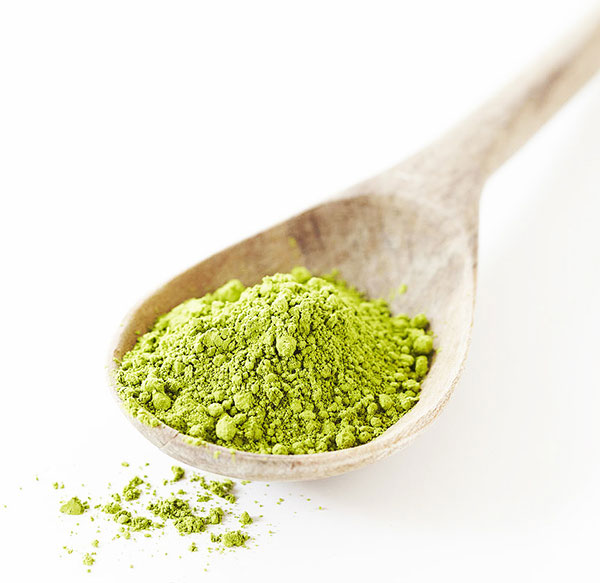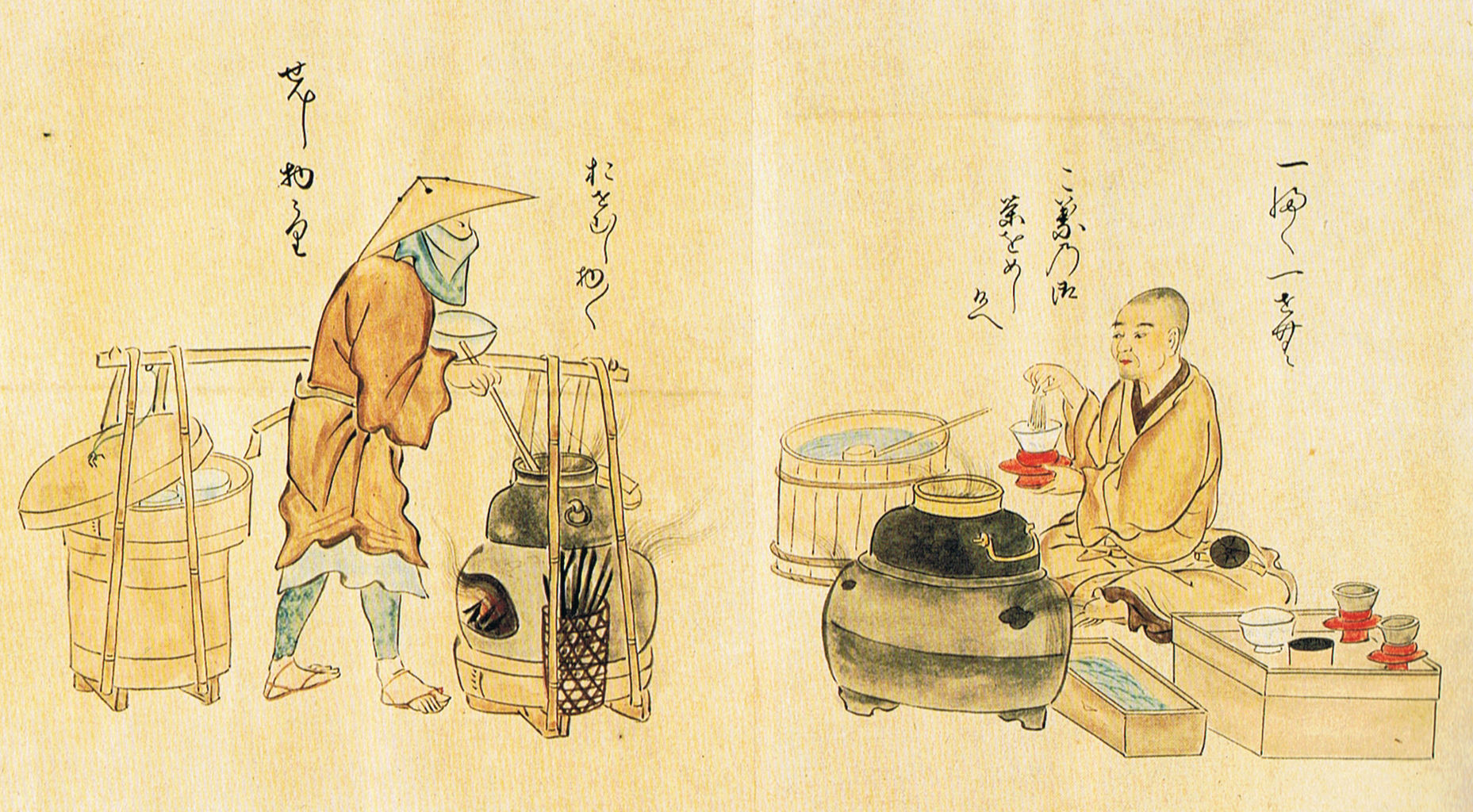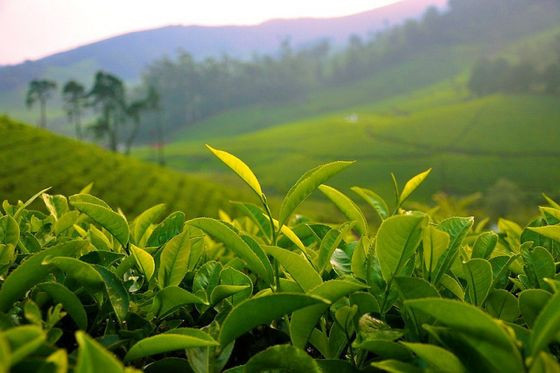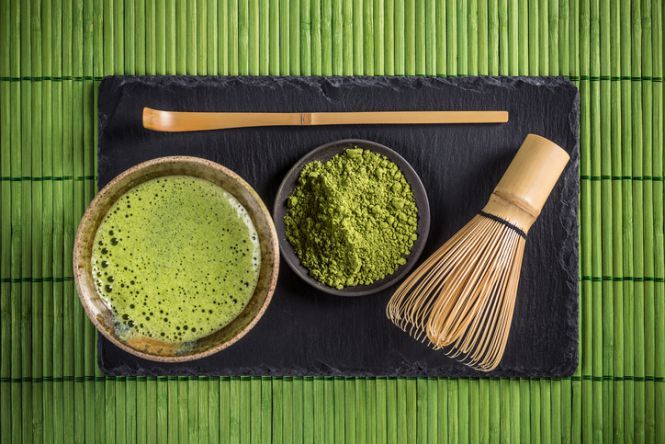WHAT IS MATCHA?
Matcha is the whole green tea leaf, which after a special process of cultivation, harvesting and drying, is ground to obtain a fine, deep green powder which multiplies the benefits of green tea.

The Matcha Tea is a centuries-old drink, one of Japan's most classic beverages, which has seen a boost in consumption in the West in recent years due to its wide range of properties and benefits.
One of the most important properties of Matcha tea is that when we consume it, we are consuming the whole leaf, which is the most important part of the tea. provides more vitamins, minerals, antioxidants and amino acids than if we drink the infusion alone. as in other teas. This difference is so substantial that aglass of matcha is equivalent to 10 glasses of green tea in antioxidant content and nutritional value.
The other major difference compared to conventional green tea is the higher antioxidant content, produced when the plant is hidden from the sun's rays.
ORIGIN OF MATCHA TEA
The Matcha has its origins in Chinaduring the Song dynasty in the 10th century. During this time they thought that the tea could be ground so that not only could the tea be drunk, but the whole sheet.

Later, the Buddhist monk Eisai moved to JapanSince 1191, this tea has been used for the well-known Japanese tea ceremony, just like the other varieties of red, black, white, blue or green tea.
Because of the refining its productionMatcha, its preparation and consumption, began as an upper-class drink, and it is true that it is one of the most popular Matcha teas in the world. more expensive varieties that we offer at La Buena Tierra. However, its many health benefits outweigh the benefits of a conventional green tea. In addition, in the West we have the advantage of being able to consume it without a previous ceremony. We will explain how to prepare it a little further down.
HOW MATCHA TEA IS OBTAINED
Part of the reason Matcha is such a laborious product begins a few weeks before the leaves are harvested. Matcha comes from the Camellia Sinensis plant, like almost all teas, but to make this variety, the leaves are covered and hide from the sunlight.

This means that the plant is forced to produce more chlorophyll, which gives it a stronger, darker green colour. This also means that more amino acids are produced, which gives it a greater sweetness than other green teas.
When it is time to harvest, the leaves are selected by hand to obtain the highest quality ones. At this point the leaves are separated from the stems and subjected to a steam bath. At this point we have a tea known as Arachawhich is also consumed.
It is at this point in the process that the leaf is separated from the veins and everything else that is not useful for Matcha. The result is known as Tencha tea.
The last step is grinding, after which we obtain the powder that is already Matcha tea. Tradition says that this process has to be carried out with granite stone mills, but with the passage of time and industrialisation this is no longer always so artisanal, which results in different Matcha qualities.
We can also find different powdered green teas on the market, which do not necessarily have to be Matcha. Most likely, part of the intermediate process has not been carried out or they simply do not come from plants that have been hidden from sunlight.
PROPERTIES
The Matcha tea is well known in Japan, but is rapidly gaining popularity worldwide due to its many properties and benefits.
Helping to reduce stress
Stimulating defences
Reducing cholesterol
Fighting cancer
Rich in vitamin C, magnesium and zinc.
Diuretic
Helps control cholesterol
Natural detoxifier that helps prevent disease.
Prevents ageing,
It reduces inflammation and helps you lose weight.
Rich in L-theanine, an amino acid that relaxes and energises without exhausting.
HOW TO PREPARE MATCHA TEA
Due to its use in the Japanese tea ceremonyMatcha has many ways of preparation, ranging from a few seconds to the full Japanese tea ceremony.

To prepare it quickly and drink it at home, simply add half a teaspoon of Matcha tea per cup to a container with water below boiling point, at about 90°C. Mix it with a lot of energy.
The classical preparation is carried out with two Japanese instruments, the chashaku and the chasen. The chashaku is a small bamboo teaspoon, and we have to add two measures of it to 75 ml of water. Then use the chasenThe result is known as Usucha, a kind of bamboo whisk, to move it vigorously and obtain a mixture with a foam on the top. The result is known as Usucha.
In addition to being a tea, Matcha is also used as a powder in recipes. We have compiled 5 recipes to prepare with Matcha you can see here
